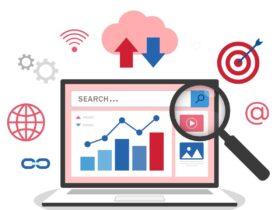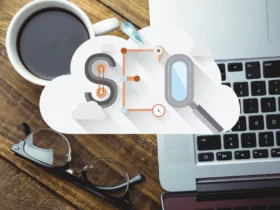How to Warm Up Your Email Address
Email warm-up is a crucial step in ensuring the deliverability and success of your email marketing campaigns. When starting with a new email address or domain, it’s important to gradually build trust with email service providers (ESPs) to avoid landing in the spam folder. Here are some effective strategies to warm up your email address and increase your chances of reaching the inbox.
1. Start with a Small Batch
When initiating your email warm-up process, it’s best to begin with a small batch of emails. Sending a large volume of emails right from the start can trigger red flags and raise suspicions. By starting with a smaller group, you can establish a positive sending reputation and build a foundation of trust with ESPs.
2. Gradually Increase Sending Volume
As you progress with your warm-up process, gradually increase the number of emails you send over time. This incremental approach allows ESPs to monitor your sending behavior and adapt to your gradually increasing volume. By pacing your sending, you demonstrate responsible email practices and reduce the risk of being flagged as a potential spammer.
3. Focus on Engagement
During the warm-up phase, it’s crucial to prioritize engagement metrics. ESPs consider recipient engagement as a key factor in determining the legitimacy and relevance of your emails. Encourage recipients to open your emails, click on links, and reply to your messages. By engaging your audience, you establish a positive sender reputation and increase the likelihood of your emails reaching the inbox.
Best Practices for Email Warm-Up
To ensure a successful warm-up process, it’s important to follow industry best practices. By adhering to these guidelines, you can maximize your chances of achieving inbox success and optimize your email marketing efforts.
1. Maintain Consistent Sending Patterns
Consistency is key when it comes to email warm-up. Establish a regular sending schedule and stick to it. This helps ESPs recognize your sending patterns and builds trust over time. Avoid sudden spikes or lulls in your email volume, as these irregularities can raise red flags and harm your sender reputation.
2. Use a Clean Email List
Before starting your warm-up process, ensure that your email list is clean and up to date. Remove any inactive or invalid email addresses to improve your deliverability rates. Regularly monitor and update your list to maintain a high-quality audience and minimize the risk of bouncing or spam trap emails.
3. Implement Authentication Protocols
Authentication protocols, such as SPF (Sender Policy Framework) and DKIM (DomainKeys Identified Mail), are essential for establishing your email address’s authenticity and credibility. These protocols provide a way for ESPs to verify that your emails are legitimate and help prevent spoofing or phishing attempts. Implementing these protocols correctly is crucial for a successful warm-up process.
You can be interested in – https://mailtoaster.ai/why-should-you-use-email-with-encryption/.












